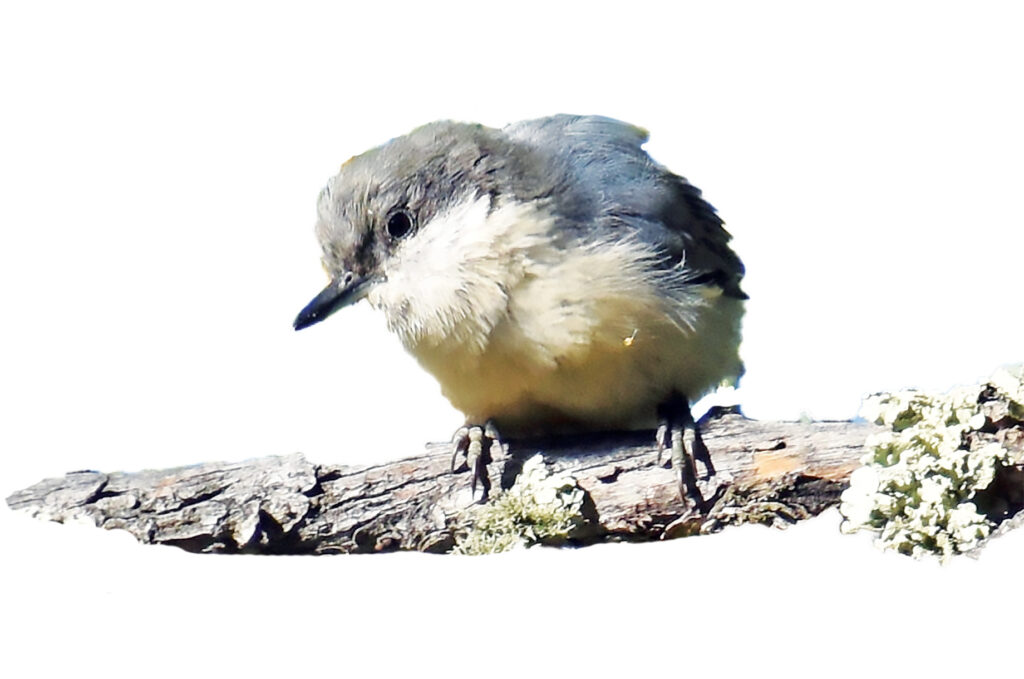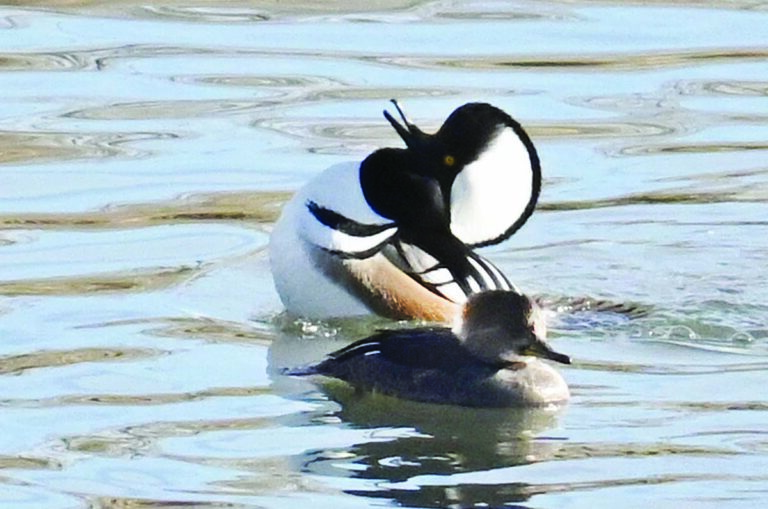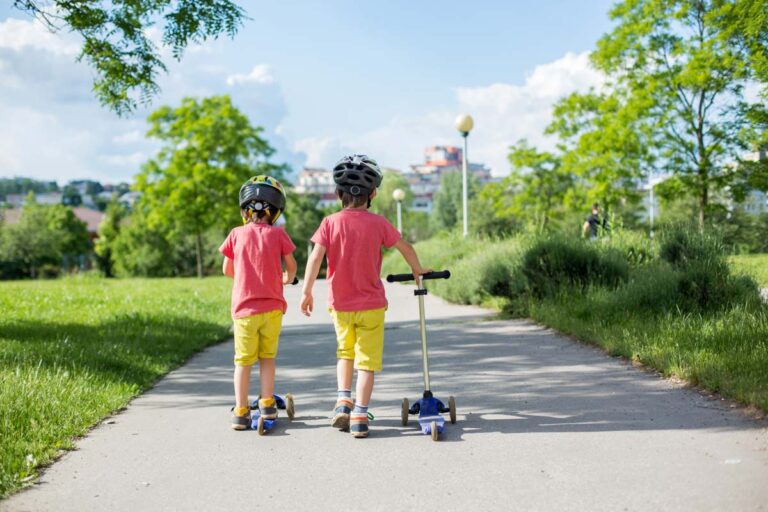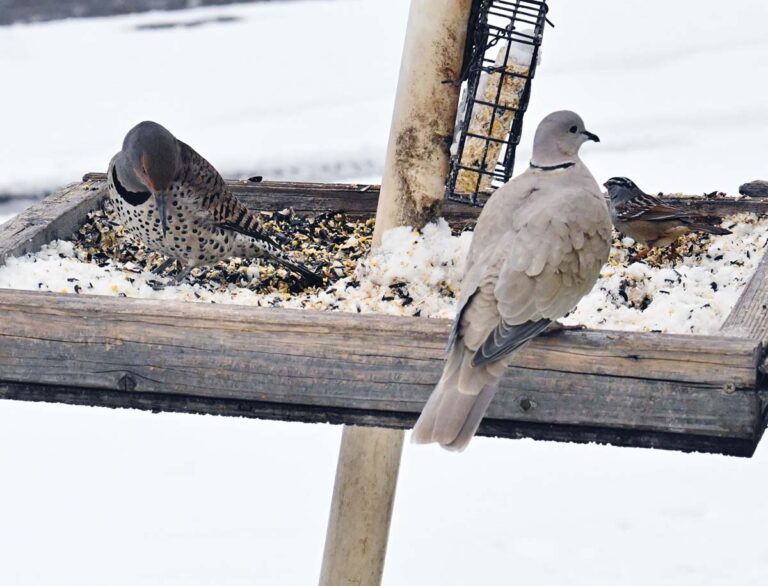Ken Hall shares winter bird species to look out for as the seasons change.
As many of our Spring and Summer bird friends have moved on to warmer climates, our Winter guests have arrived.
Appearing to increase in species and numbers each day. Bushtits, Juncos, White Crowned Sparrows, and many more are too numerous to list here. Our ever-dependable Chickadees, and House Finches also increase in numbers through the Winter. Goldfinches will frequent our feeders as well. Blue Jays, and Flickers love making their presence known. Many types of waterfowl will call our front range waterways home till Spring. Raptors become much more obvious over the winter. As does their prey. Their numbers will increase as well. Needless to say, we still have plenty of feathered company.
Most of our Winter birds are darker in coloration, especially the smaller birds. One reason is the ability to conceal themselves in the stark Winter colors. Another reason is solar heat absorption. Winters can be brutally cold. Often leaving us worried and wondering how our little feathered friends survive. Nature has it worked out in fascinating ways. Birds have a downy base to their individual feathers, and when temperatures drop to freezing they will fluff their feathers outward, creating an air pocket between their body and down. A bird’s normal body temperature is 105º. This feather action will retain 90% of their core heat. They will gain as much as 30% of their summer weight come fall. Good food sources are most important at this time.
How about their feet, you might ask? A bird’s feet and legs are made up of bones, tendons and very fine vessels. When temperatures drop, a process occurs called “countercurrent exchange”. Warm blood flows into these tiny vessels, as cold blood vacates back into the body for rewarming. It’s like the perfect thermostat. This maintains exact temperature to the feet and legs.
Many smaller birds will also huddle. Bushtits, finches, chickadees and sparrows are just a few. They will bunch side by side, usually nose to tail, getting the benefit of a warm body on either side. The end birds will jostle for position, being replaced by inside birds.
With more and more habitat being lost, it is becoming tougher for our little friends to find adequate food. That’s where we come in. Feeders are inexpensive, good quality seeds will cost around ten dollars per week, a suet feeder is another great yard addition – drawing jays and flickers. And please don’t forget the water.
Looking out your window on a cold snowy day to see birds in your yard can bring much heartwarming joy to an otherwise dreary day. Just remember not only do they need us, we need them.






